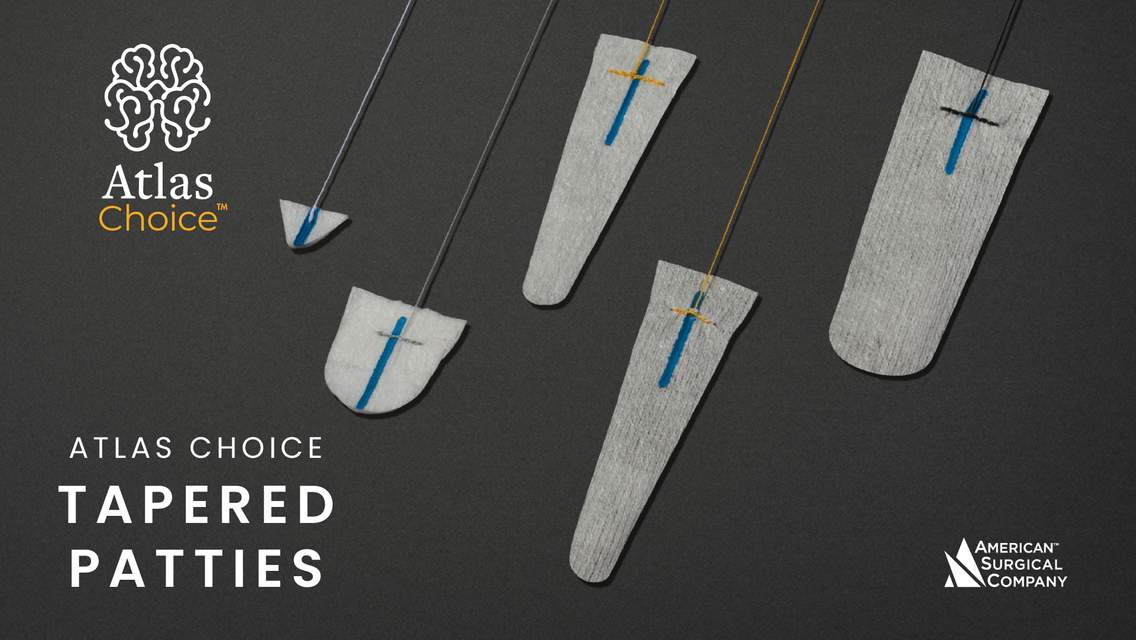Introduction
Figure 1: CT in soft tissue window (left) and bone window (right), demonstrating penetrating injury by a bullet with significant damage to brain structures along the bullet tract. Associated are also traumatic pneumocephalus, cerebral contusion and subarachnoid hemorrhage.
Imaging in Cranial traumatic injuries
- Neuroimaging plays a major role in
- Delineating the extent of injury
- Guiding surgical planning
- Monitoring recovery
- Guiding rehabilitation
- Computed tomography (CT) is used widely due to accessibility, efficiency and lower cost than Magnetic resonance imaging (MRI)
- MRI is most often used as a secondary modality for assessing late acute or subacute stages
Mechanisms of injury
- Non-missile injury
- A form of closed head injury
- More common cause of neurotrauma than missile injury
- Caused by high-speed accidents with significant acceleration and deceleration forces
- Causes the brain to move within the skull and forcibly impacting the calvarium or dura, resulting in cerebral contusion
- Rotation and changes in angular momentum may also cause serious injuries, by deforming and stretching the axons
- Missile injury/penetrating injury
- Caused by a penetrating external object, such as a bullet (see Figure 1)
- May result in the penetration of skull, meninges and brain, causing significant brain damage
Primary Traumatic Abnormalities
- Occur at the time of initial trauma
- Include scalp injuries, skull fractures, extra-axial hemorrhages/hematomas, and a spectrum of intra-axial injuries
Secondary (Delayed) Traumatic Abnormalities
- Occur after initial trauma
- Common manifestations are
- Cerebral edema
- Intracranial hypertension
- Brain herniation
- Cerebral ischemia with focal, regional, or global perfusion alterations
- Brain death (when intracranial pressure exceeds intra-arterial pressure)
Contributor: Priya Rajagopalan, MD
References
Open Access Biomedical Image Search Engine. https://openi.nlm.nih.gov
Holland BA, Brant-zawadzki M. High-resolution CT of temporal bone trauma. AJR Am J Roentgenol. 1984;143 (2): 391-5
Monsalve GA. The "CT comma sign" in head trauma: concurrent epidural and subdural acute intracranial hematomas. J Trauma. 2007;63 (1): 195-6.
Post-traumatic carotid-cavernous fistula. http://neuroradiologyonthenet.blogspot.com
Radiology for Traumatic Brain Injury. http://trauma.org/archive/neuro/neuroradiology.html
Osborn's Brain: Imaging, Pathology, and Anatomy
RADprimer (Anne G. Osborn, MD, FACR, Gregory L. Katzman, MD, MBA, Sheri L. Harder, MD, FRCPC, Bronwyn E. Hamilton, MD)
Radiopedia.org (Subdural haemorrhage, Extradural haemorrhage Dr Ayush Goel and A. Prof Frank Gaillard, et al., EDH v SDH Dr. Ayush Goel and Dr Craig Hacking, et al., SDH basic Dr Craig Hacking, and Dr Derek Smith et al., Traumatic subarachnoid haemorrhage Dr Henry Knipe, et al.)
The Mount Fuji Sign. http://pubs.rsna.org/doi/full/10.1148/radiol.2322021556
Please login to post a comment.













